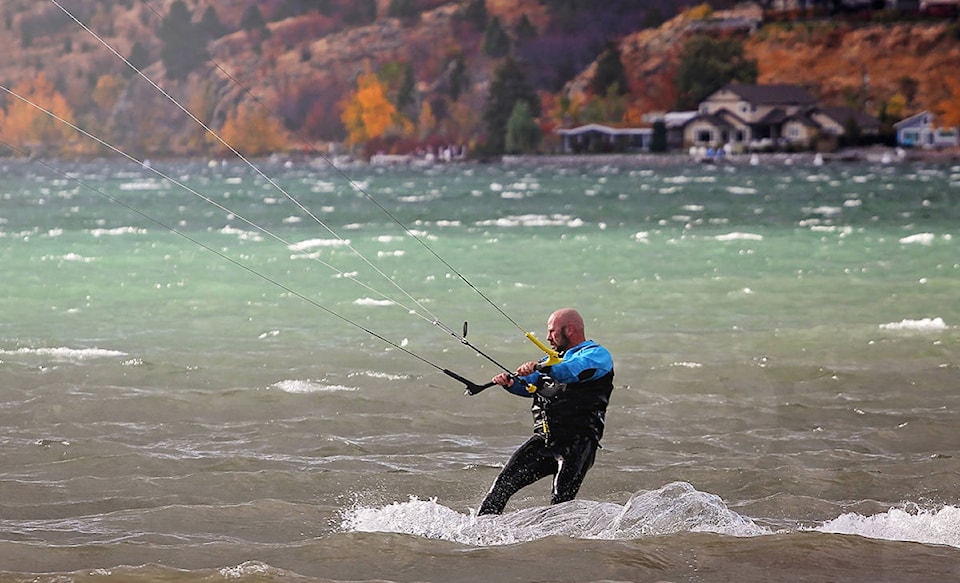Nearly 60,000 people receive their drinking water from Kalamalka Lake, including residents in Coldstream, Vernon, and Lake Country.
As one of the most beautiful lakes in B.C., people also enjoy Kalamalka Lake for a variety of recreational activities, like swimming, paddling, and boating. Because recreation and the withdrawal of drinking water occur in tandem on the lake, guidelines that promote coexistence are necessary.
The Regional District of North Okanagan (RDNO) is seeking to preserve the safety and quality of the region’s drinking water and limit erosion on Kalamalka Lake while providing opportunities for water recreation.
READ ALSO: Boating impact considered on Kal Lake
Drinking water is obtained through water intakes located at the north and south ends of Kalamalka Lake. An issue identified by a recent study is that boats stir sediment up from the lake bottom when they are driven close to shore in depths of four to five metres. This can compromise drinking water quality as sediment contains bacteria, heavy metals, pesticide residues, and hydrocarbons.
To avoid drinking water contamination, the RDNO is looking into ways to avoid re-suspended sediment from entering the water intakes.
Some of the recommendations of the study include designating low wake zones near the water intakes, designating power boat corridors away from the shoreline, and developing spill safeguards and emergency response plans. The focus of the upcoming year will be on informing residents and the boating community of the importance of water source protection and environmental values, and how we can work together to protect our resources.
“In no way are we trying to ban boating on Kalamalka Lake,” said Ashley Gregerson, communications officer with the RDNO. “We are looking at creating solutions that preserve the safety of our drinking water and the ability for boaters to enjoy the lake.”
READ ALSO: Kal/Wood Lakes study cites need to protect drinking water
Other recommendations of the study include adding swimming areas and corridors for kayaking, canoeing, and paddle boarding in the shallow areas.
The RDNO will work with Interior Health (IH), the Okanagan Basin Water Board, District of Coldstream, District of Lake Country, and the Regional District of Central Okanagan to develop an outreach program to raise awareness of the impacts of motorized boating on drinking water intakes and sensitive shorelines.
roger@vernonmorningstar.com
Like us on Facebook and follow us on Twitter.
